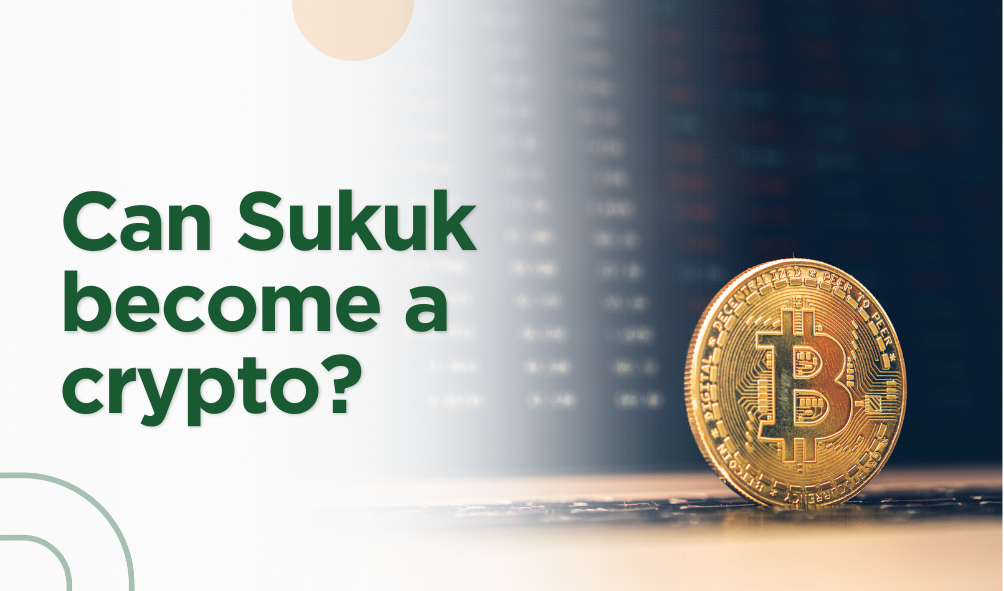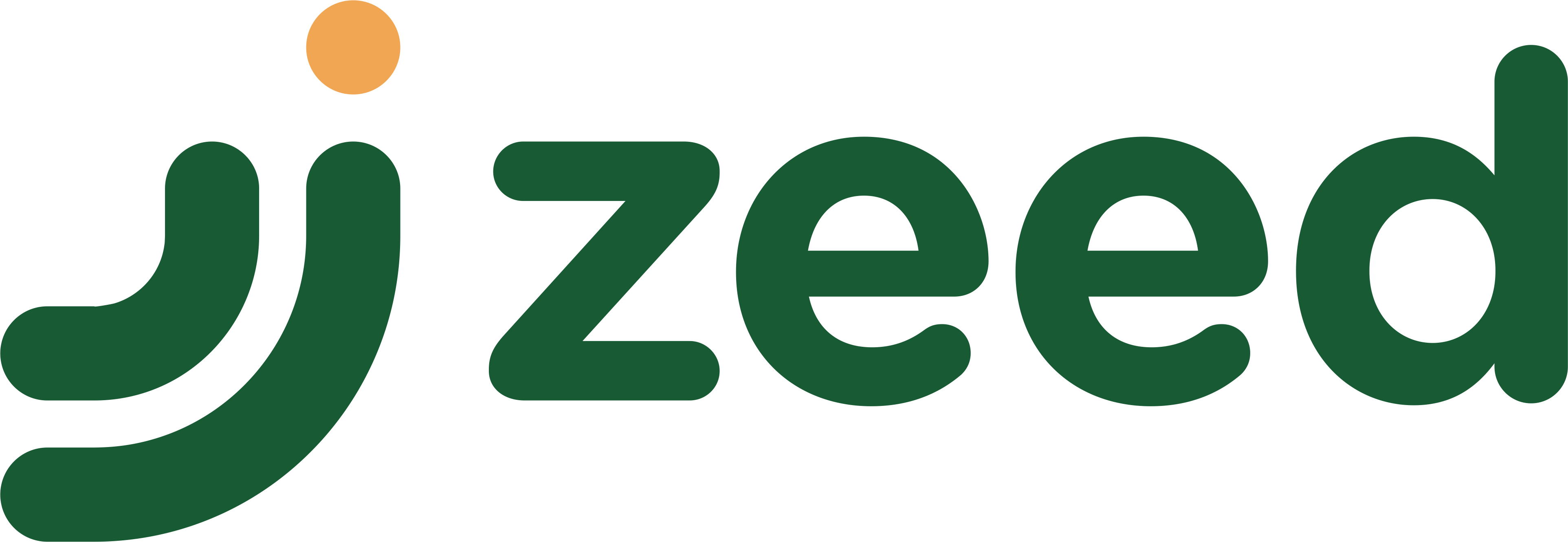Can Sukuk Become a Crypto?
Sukuk, often referred to as Islamic bonds, are financial instruments that comply with Sharia principles. On the other hand, crypto refers to digital currencies operating on decentralised blockchain technology. This article explores whether sukuk can be integrated with cryptographic technology to create a new financial instrument.
Definition and Characteristics of Sukuk
Sukuk are securities representing ownership in an asset or a revenue-generating project. Unlike conventional bonds, sukuk do not pay interest but are based on profit-sharing derived from the asset or project (Usmani, 2002). This aligns sukuk with Sharia principles that prohibit riba (interest).
Sukuk comes in various forms, such as sukuk ijarah (leasing), sukuk mudharabah (partnership), and sukuk murabahah (financing). Each type has different mechanisms and structures, but all adhere to halal and transparent transactions according to Sharia rules (Chapra, 1992).
Also Read: How Mudharabah Akad Works in Sukuk Issuance
Blockchain Technology and Crypto
A blockchain is a decentralised digital ledger that records transactions securely and transparently. This technology underpins various cryptocurrencies, such as Bitcoin and Ethereum, enabling direct transactions without intermediaries like banks (Nakamoto, 2008). Every transaction recorded in the blockchain is permanent and immutable, creating a highly secure and transparent system.
Crypto, like Bitcoin, has revolutionised our understanding of money and financial transactions. With decentralisation, crypto eliminates the need for central authorities, reduces transaction costs, and increases efficiency (Tapscott & Tapscott, 2016).
Convergence of Sukuk and Crypto Technology
Integrating sukuk with cryptographic technology can create blockchain-based sukuk. This would allow for the issuance, trading, and tracking of sukuk digitally and decentralizedly. Potential benefits of blockchain-based sukuk include increased transparency, reduced transaction costs, and wider market access (Elsayed, 2020).
For example, blockchain-based sukuk can be issued through smart contracts, which automatically execute transactions based on predefined conditions. This not only enhances efficiency but also reduces the risk of human error and fraud.
Advantages of Blockchain-Based Sukuk
1. Transparency and Security: Blockchain provides a transparent and secure record of every transaction, minimising the risk of fraud and errors (Pilkington, 2016).
2. Cost Efficiency: Using blockchain can reduce administrative and transaction costs typically associated with traditional sukuk issuance and trading.
3. Global Accessibility: Blockchain enables broader access to global markets, facilitating participation from investors worldwide.
4. Transaction Speed: Blockchain allows transactions to be settled within minutes, compared to conventional systems that can take several days.
Examples in the Market
Several examples of blockchain-based sukuk have emerged in the market. In 2019, the Dubai government launched the “Smart Dubai Initiative,” aiming to implement blockchain technology in various sectors, including sukuk issuance. Additionally, Indonesia-based fintech company Blossom Finance has experimented with blockchain-based sukuk to fund small-scale projects (Blossom Finance, 2020).
In the same year, Al Hilal Bank in the United Arab Emirates issued sukuk using blockchain technology. They successfully reduced the issuance time from several weeks to just a few days and cut costs associated with the issuance and trading process (Zawya, 2019).
Challenges and Considerations
Despite the many advantages, challenges remain in adopting blockchain-based sukuk. One significant challenge is compliance with diverse regulations across different countries. Additionally, understanding and acceptance of this technology among investors and sukuk issuers are still limited (Alam, 2021).
Regulation is a major hurdle because each country has different policies regarding blockchain and crypto implementation. There is also the issue of trust, where traditional investors may still be hesitant to switch to this new technology.
Although sukuk and crypto originate from different concepts, their convergence can create new opportunities in Islamic finance. Blockchain-based sukuk can offer better transparency, efficiency, and accessibility. However, regulatory challenges and technology adoption issues need to be addressed to realise the full potential of this innovation.
Blockchain-based sukuk not only bridges the gap between modern technology and Islamic financial principles but also paves the way for further innovation in the financial industry. With regulatory development and increased understanding, blockchain-based sukuk have the potential to become a dominant financial instrument in the future.

References
– Alam, N. (2021). Blockchain and Islamic Finance. Palgrave Macmillan.
– Blossom Finance. (2020). Blockchain Sukuk: Financing Microfinance Institutions. https://blossomfinance.com
– Chapra, M. U. (1992). Islam and the Economic Challenge. Islamic Foundation.
– Elsayed, A. (2020). The Future of Islamic Finance: Blockchain-based Sukuk. Journal of Islamic Financial Studies, 6(2), 45-60.
– Nakamoto, S. (2008). Bitcoin: A Peer-to-Peer Electronic Cash System. b
– Pilkington, M. (2016). Blockchain Technology: Principles and Applications. In F. X. Olleros & M. Zhegu (Eds.), Research Handbook on Digital Transformations (pp. 225-253). Edward Elgar Publishing.
– Tapscott, D., & Tapscott, A. (2016). Blockchain Revolution: How the Technology Behind Bitcoin is Changing Money, Business, and the World. Penguin.
– Zawya. (2019). Al Hilal Bank Executes World’s First Blockchain Sukuk Transaction. https://zawya.com








2 Comments